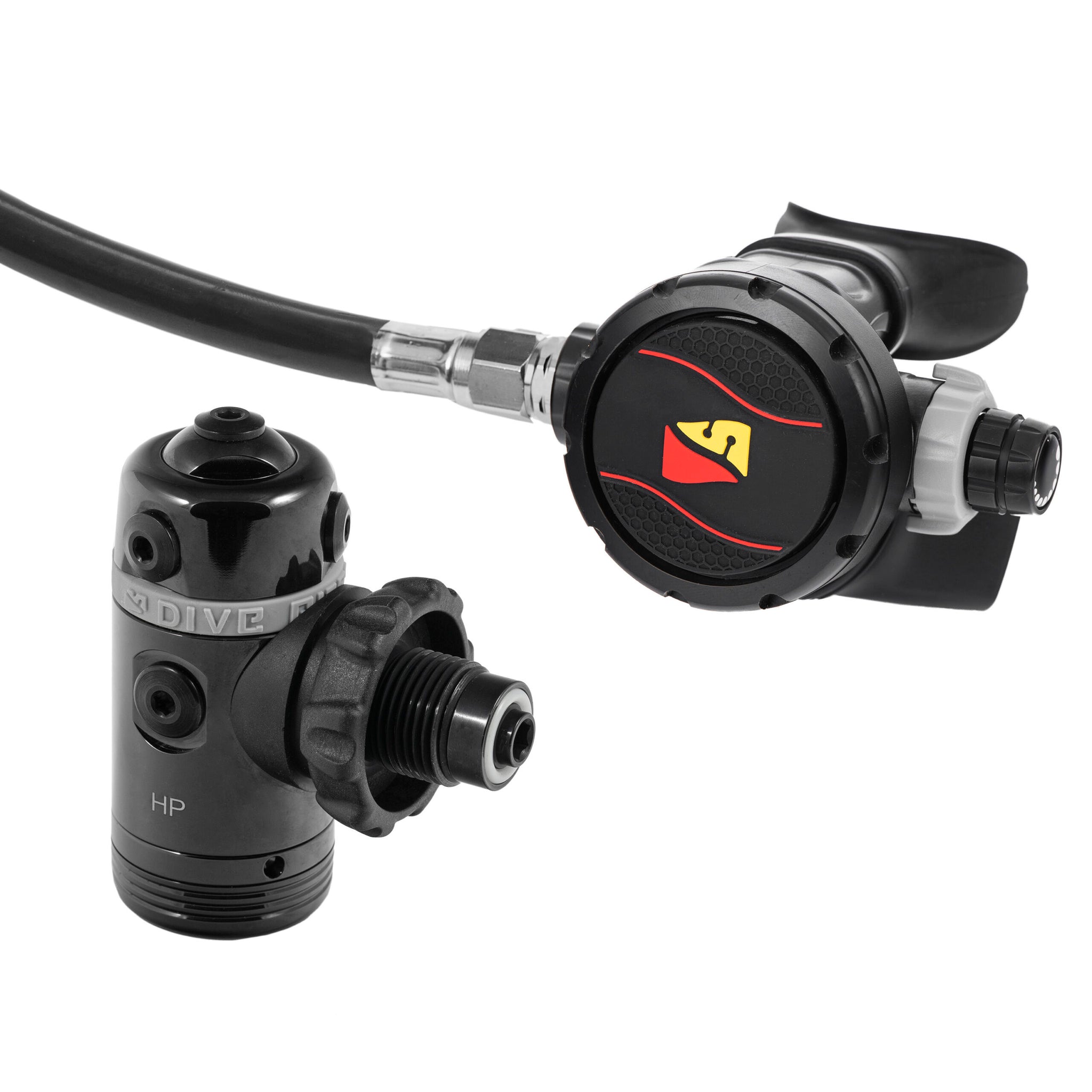satsuyanshen
Registered
Hi,
I recently bought a Dive Rite XT regulator set but when I got it I found the thread on the DIN valve is plastic. It seems all other major brands use brass thread instead. The XT1 regulator by itself is pretty heavy, I am not sure if using plastic thread is to reduce the weight.
I am also concerned that the plastic thread may not be as rigid as the brass ones and may be worn faster over time. I was wondering if it can be replaced with brass thread or the plastic thread can be replaced during maintenance service if worn too much? Am I over-concerned? Could anyone with XT1 share your experience on this?
Thanks!
I recently bought a Dive Rite XT regulator set but when I got it I found the thread on the DIN valve is plastic. It seems all other major brands use brass thread instead. The XT1 regulator by itself is pretty heavy, I am not sure if using plastic thread is to reduce the weight.
I am also concerned that the plastic thread may not be as rigid as the brass ones and may be worn faster over time. I was wondering if it can be replaced with brass thread or the plastic thread can be replaced during maintenance service if worn too much? Am I over-concerned? Could anyone with XT1 share your experience on this?
Thanks!




